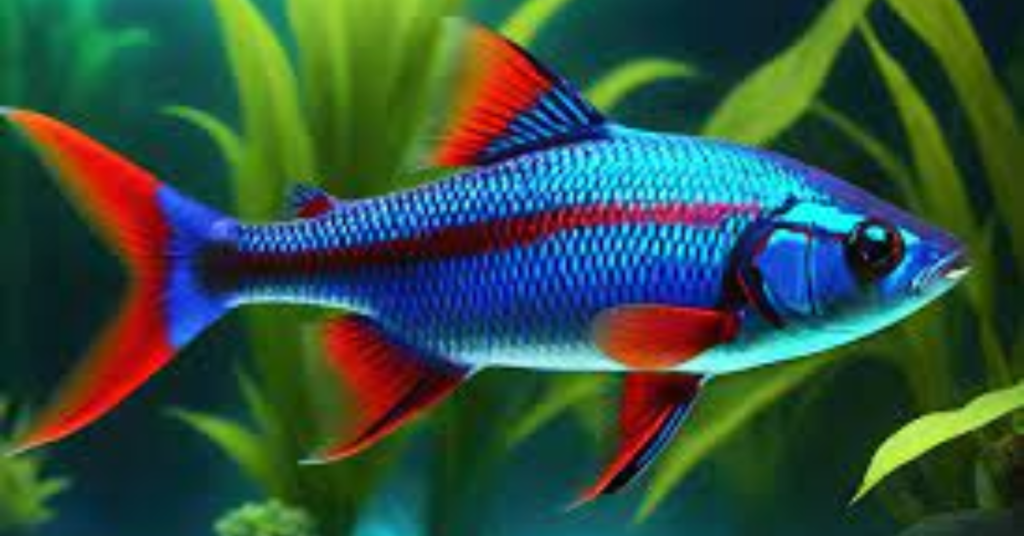Is Neon a Fish

Yes, fish can naturally exhibit neon-like colors! These vibrant hues are often a result of their pigmentation and the way light interacts with their scales. Here’s how and why some fish appear neon:
1. Natural Neon Colors in Fish
- Pigments and Structural Colors: Many fish have iridescent scales or pigments that reflect light, creating neon-like effects. This can include bright greens, blues, oranges, and reds.
- Bioluminescence: Some deep-sea fish produce their own light through bioluminescence, making them appear neon in the dark.
- Examples of Neon-Colored Fish:
- Neon Tetra (Paracheirodon innesi): Known for its bright blue and red iridescent stripes.
- Discus Fish: Often have neon blues and greens in their scales.
- Mandarinfish (Synchiropus splendidus): Displays intricate, neon-like patterns in blue, green, and orange.
- Glowlight Tetra (Hemigrammus erythrozonus): Features neon orange stripes.
2. Purpose of Neon Colors
- Camouflage: In some cases, neon colors help fish blend with their brightly lit or colorful surroundings, such as coral reefs.
- Communication: Neon colors can be used to signal to other fish, attract mates, or warn predators.
- Mimicry and Warning: Some fish use bright neon patterns to mimic dangerous species or to warn predators of their toxicity.
3. Human-Enhanced Neon Fish
- Genetically Modified Fish: Some fish, like GloFish, are genetically engineered to glow in neon colors under blacklight or specific lighting conditions.
- Artificial Breeding: Selective breeding has enhanced the neon coloration in certain aquarium fish.
4. Environmental Influence
- Neon colors are more pronounced in certain environments, such as:
- Shallow coral reefs where light enhances their vibrant appearance.
- Dark waters where bioluminescent fish stand out.
In conclusion, fish can be naturally neon due to their biology and adaptations, and humans have also amplified this trait for aesthetic purposes in aquariums. Their dazzling colors make them a delight to observe in nature and tanks alike!

